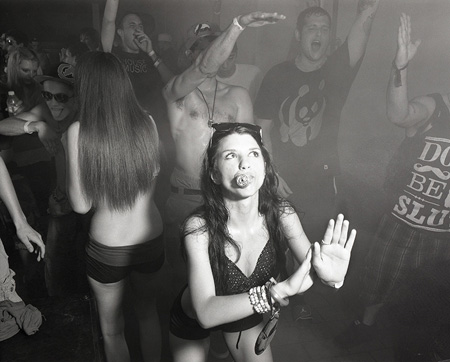Pulitzer prize nominated photographer Mark Neville discusses the socio-political underpinnings of his work, which blurs the line between documentary and art
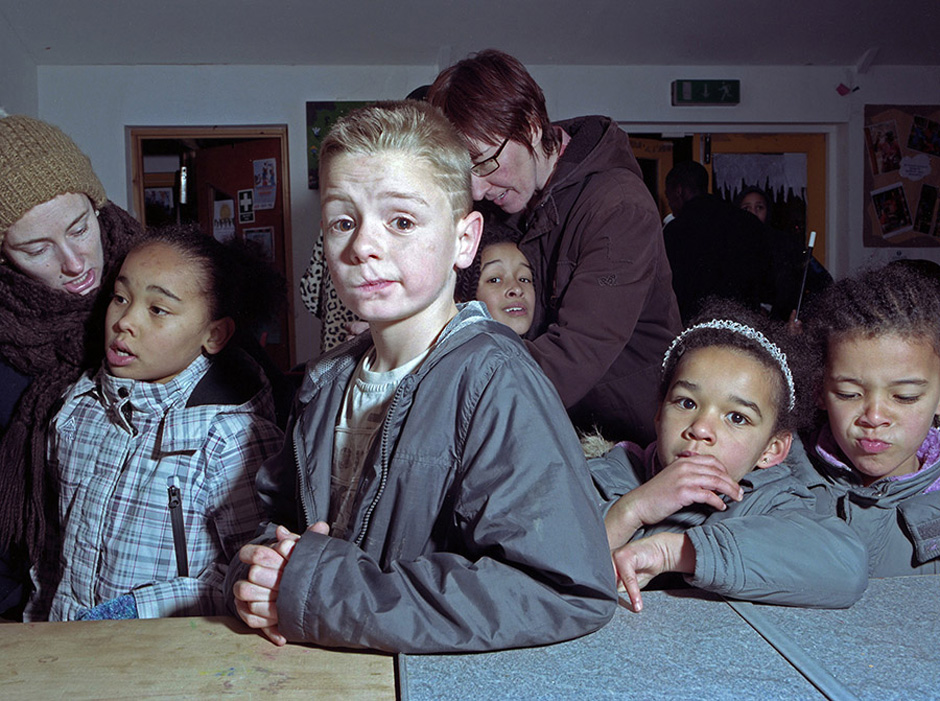
Picture, if you can, a nightclub scene. As men and women throb to the beat of music, in the corner, a glint of light from an overheard spotlight catches on the lens of a camera. The light moves off, finds a new target, but the camera lens remains static, the photographer holding it fixed in position as he passively observes the scene before him. And then, a dancer moves. Perhaps they melt amorously against another reveller, or maybe they make a beeline for the bar. But in that second, a space opens up and the sound of a camera clicking is drowned out by the bounce of the bass line. “I’m always looking for these sorts of compositions” photographer Mark Neville explains, “Quite often it involves me standing on a chair at a club at two in the morning for half an hour. None of it’s choreographed, I’m just looking for that perfect moment”.
Sitting at the intersection between anthropology, documentary and art, Mark’s work investigates the relationship between the individual and the group as a social phenomenon. And it often involves a lot of waiting around in various social spaces.
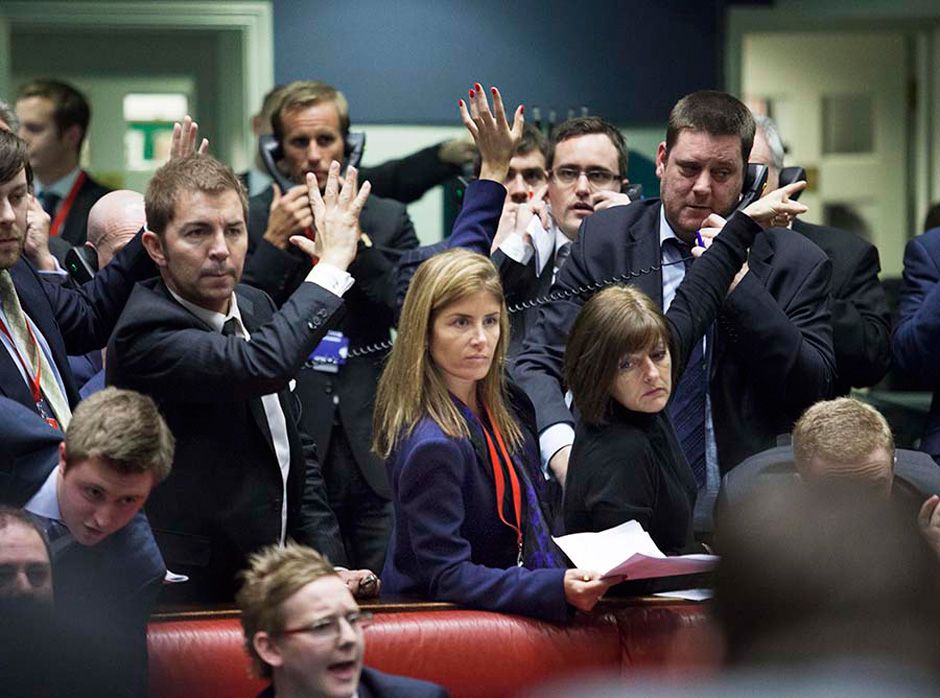
Mark’s current exhibition London/Pittsburgh at Alan Cristea Gallery presents 11 images from two of his most significant projects documenting and exploring extremes of social division and wealth distribution. The first series, Here is London was originally commissioned by Kathy Ryan for The New York Times Magazine, and was nominated by the publication for the Pulitzer prize last year. “My background’s always been visual arts, museums and galleries, so I was quite surprised to get a call from a newspaper” he says, “But Kathy Ryan has a history of ‘cross-commissioning’ as she calls it, and taking a photographer who isn’t necessarily a journalist and asking them to do something where she can see a clash, connection or resonance.” Having seen Mark’s work with working class communities in Port Glasgow and across the United Kingdom, she asked Mark to apply this treatment to the different facets of London’s social tapestry.Shot in just six weeks, Mark says, “It was important to look at extremes, rich and poor, black and white, mainstream Britain and subculture Britain. Seeking out situations, references and contexts that explore the phenomenal wide class division in the UK, Mark says, “What I found really interesting is the way Britain hasn’t really changed. The class system is very present, especially in London, and wealth division is very much centred upon this class division. In America, my experience is that it’s very much centred upon race”.
For Here is London Mark shot hipsters on Hackney’s Kingsland Road, traders at the Metal Exchange and Lloyds of London, members of the Occupy movement and kids at Somerford Grove Adventure Playground in Tottenham. “The reaction to ‘Adventure Playground’ was particularly strong. I got emails from all over America from people saying it reminded them of a Norman Rockwell painting, or Oliver Twist – it felt Dickensian to them somehow” Mark says.
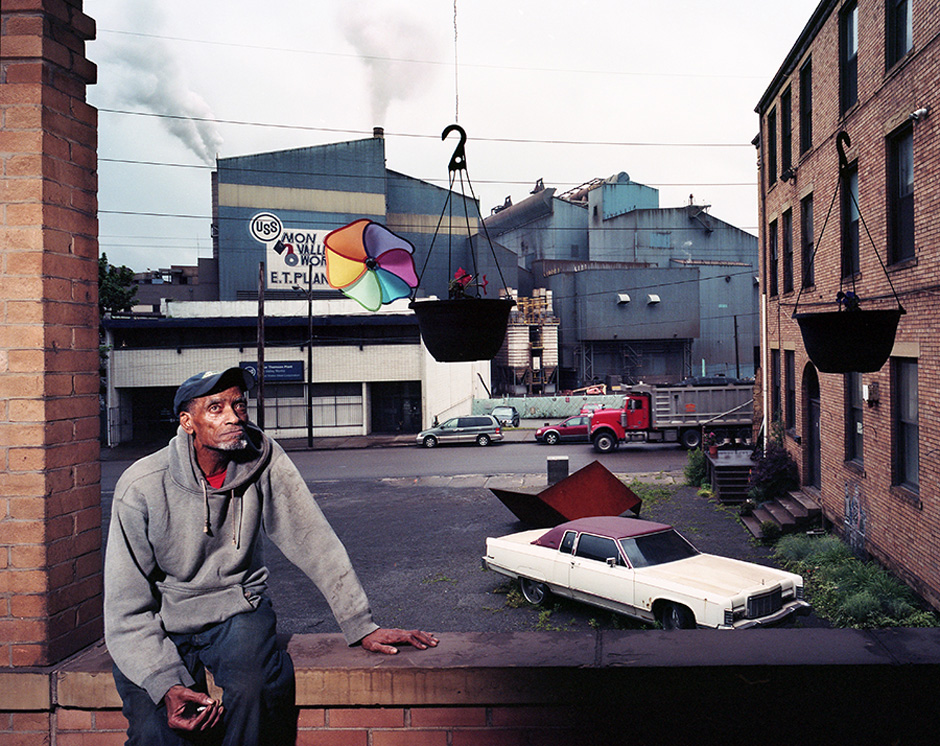
This sense of a bygone era is deliberately employed, though not so Victorian in practice: both series were shot on 1970s film stock, in part to draw attention to how little appears to have changed socially in the intervening 40 years. “Wealth division hasn’t changed, in fact, it’s at its worst point for 100 years. I wanted the images to look like they could have been shot maybe 40 years ago, so I use the same film as iconic photographers in the late 70s and 80s who were looking at America going through Boom and Bust, in order to communicate that subliminally”.
Another image of two young boys engulfed in smoke conjures memories of the 2011 riots that whipped across the capital. The reality was of course a more sedate affair – the pair were extinguishing a barbecue under the supervision of two adults, off camera – but the excitement and the energy of the scene is tangible.The Pittsburgh series was commissioned by the Andy Warhol Museum. For both series of images, Mark knew he was surrendering control over the dissemination of the work – with previous projects, he’s produced books which he has given away for free to the communities he’s documented – and as with Here is London, he found himself focussing on extremes. Shot in co-locations Braddock and Sewickley, both towns were established during Pittsburgh’s peak as the steel works capital of America. Only 21 miles apart, the two places couldn’t be more different. “Braddock is basically devastated – they used it when filming The Road as they didn’t have to change anything for it, it was apocalyptic”. Now the steel works have largely closed, mass unemployment grips the borough. “The first night I arrived, we drove around. It was a Saturday night and on three occasions, we saw a car being pulled over by the police. On each occasion it was an African American driver and a white police officer. I looked at the statistics and 25 percent of the demographic of Pittsburgh is black, but only three percent are policemen. That kind of imbalance is immediately going to cause problems”.
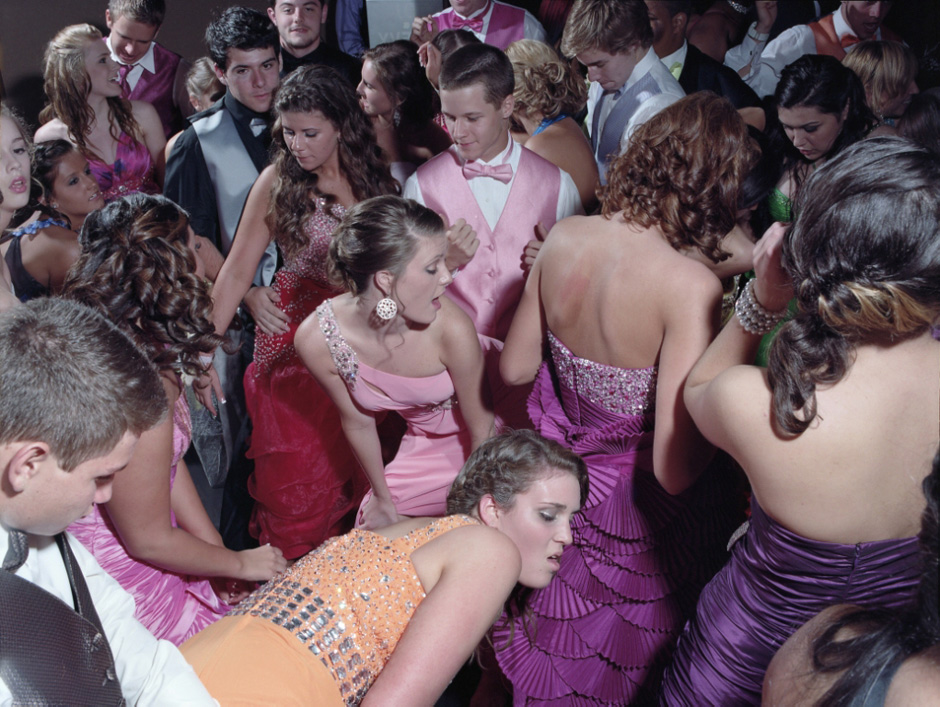
Sewickley in comparison is the playground of the rich, who are also overwhelmingly white. Snapping play rehearsals, dog parades and middle-class dances, the contrast with poorer Braddock is stark. “Andrew Carnegie built this town,” Mark explains, “and the steel industry out of there.” Now, with the steel works largely closed, the town is in a state of disrepair and abandonment.
As we draw to a close, and I mention the creeping rise of Nationalism and xenophobia in the UK, Mark is thoughtful. “I’m not saying London is perfect in regards to race relations, and of course they don’t have this fucked up class system that we have in Britain, but some of the schools I’ve gone to here in Hackney, where they’re 97% non-white and speak 26 different languages – there’s a real sense of mix, and the kids interact really well. In that sense, London seems further on than Pittsburgh”.
London/Pittsburgh is showing at the Alan Cristea Gallery until 24 January 2015. Mark will be speaking on 13 January at London School of Economics and Political Science about the themes raised in the exhibition. Click for more information